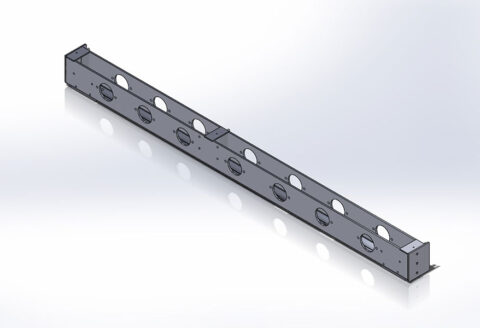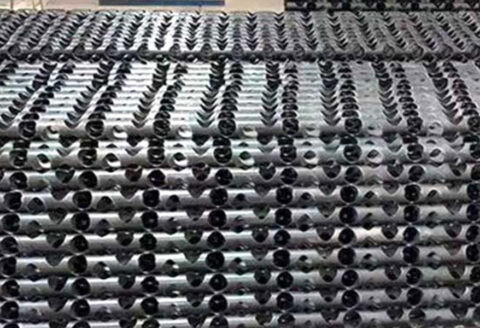The stainless steel medium and heavy plate has a smooth surface, high plasticity, toughness and mechanical strength, and is resistant to corrosion by acids, alkaline gases, solutions and other media. It is an alloy steel that is not easy to rust. Stainless steel plates are widely used in chemical, food, medicine, paper, petroleum, atomic energy and other industries, as well as various parts and components of construction, kitchenware, tableware, vehicles, and household appliances.
Stainless steel medium and heavy plates are required to withstand the corrosion of various acids such as oxalic acid, sulfuric acid-iron sulfate, nitric acid, nitric acid-hydrofluoric acid, sulfuric acid-copper sulfate, phosphoric acid, formic acid, acetic acid, etc. The corrosion resistance of stainless steel mainly depends on its alloy composition (chromium, nickel, titanium, silicon, aluminum, etc.) and internal structure. The main role is chromium. Chromium has high chemical stability and can form a passivation film on the surface of the steel to isolate the metal from the outside world, protect the steel plate from oxidation, and increase the corrosion resistance of the steel plate. After the passivation film is destroyed, the corrosion resistance decreases.
The thickness of stainless steel medium and heavy plates is greater than 1.2mm using Rockwell hardness tester to test HRB and HRC hardness. For stainless steel plates with a thickness of 0.2-1.2mm, the hardness of HRT and HRN are tested by the surface Rockwell hardness tester. For stainless steel plates with a thickness of less than 0.2mm, use a surface Rockwell hardness tester with a diamond anvil to test the hardness of HR30Tm.
The stainless steel plate measurement solution can be used for the measurement method of the stainless steel medium and thick plate.
Stainless steel medium and heavy plate measuring solution (quickly distinguish 200, 201, 202, 301, 304, 316, 316L, 309, 310, 321, etc., stainless steel syrup, stainless steel model material identification, differentiation, identification, testing, identification, inspection, inspection syrup ) Based on chemical analysis, the battery is energized to cause oxidation reaction on the surface of the material. Through appropriate control technology, the measured element and the reagent form a colored complex, which cleverly realizes the rapid determination of metal elements in stainless steel.


